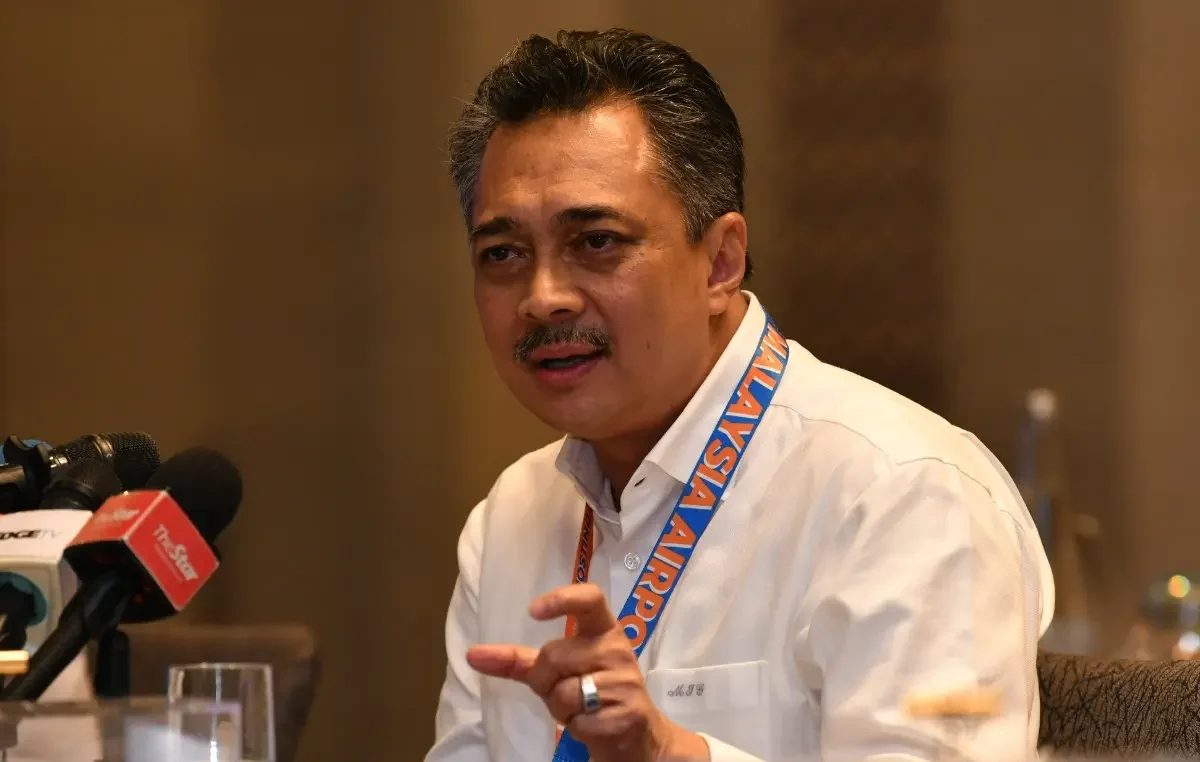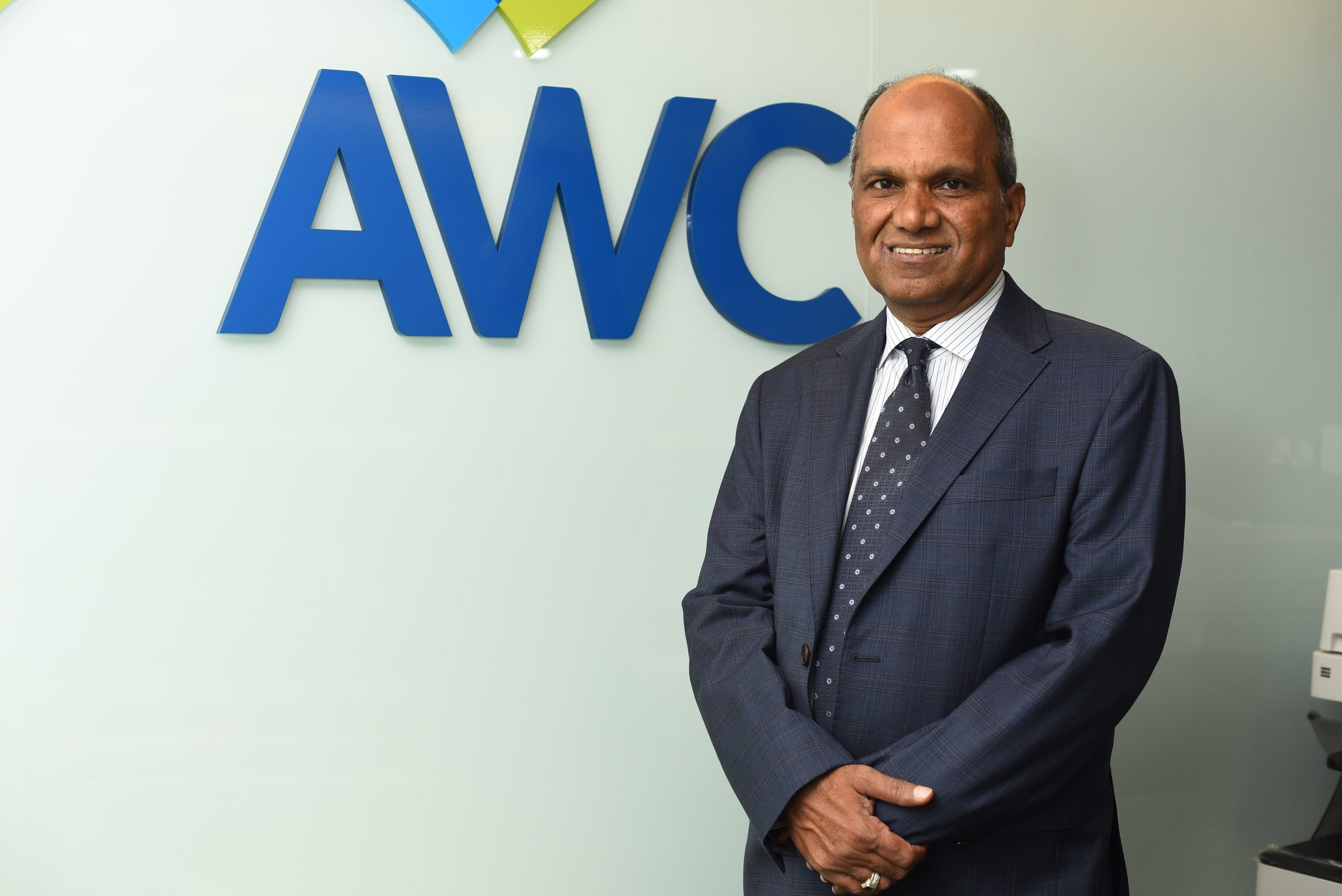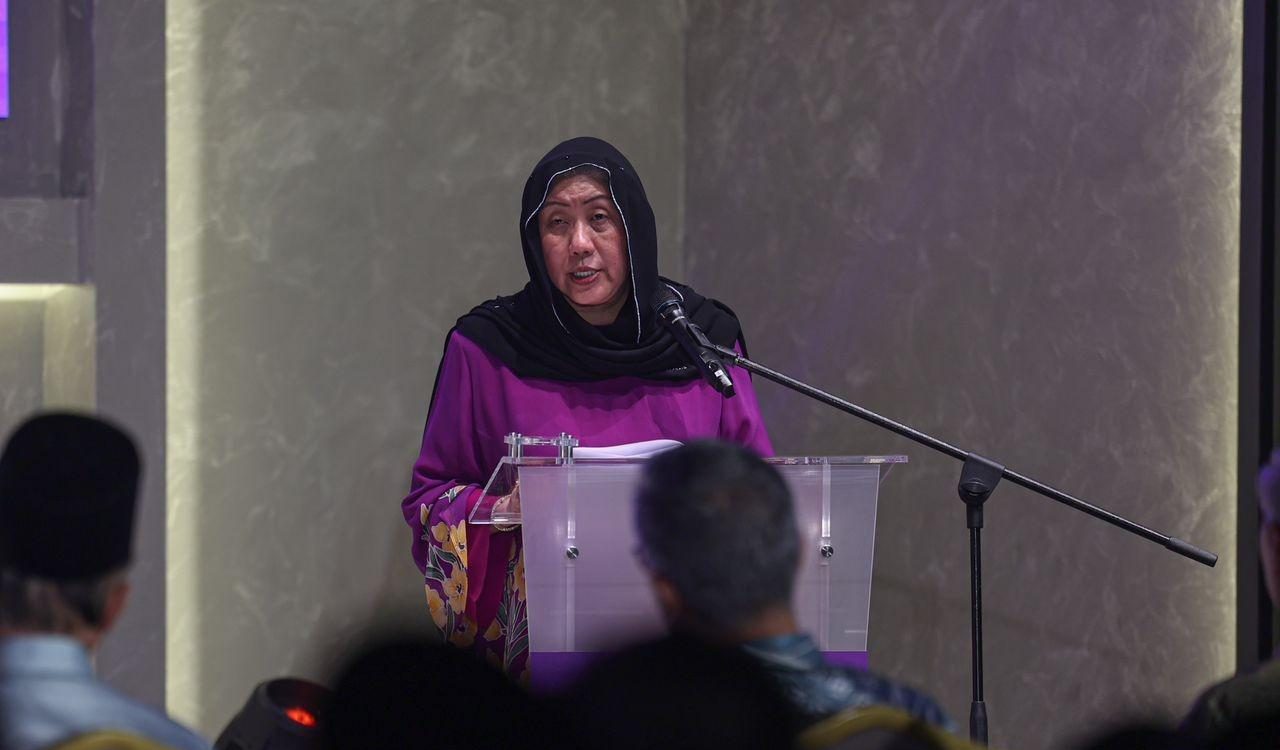By Olivier Blum, Executive Vice President Energy Management, Schneider Electric
Rapid urbanisation and industrial growth in Asia have spurred significant economic development. However, this progress comes with substantial health and sustainability challenges. A recent study published in PLOS Climate reveals that for every degree of global warming, life expectancy is projected to decrease by nearly six months. The same research forecasts that between 2030 and 2050, climate change could result in approximately 250,000 deaths annually. These findings underscore the intrinsic link between health and the environment, highlighting that sustainable solutions are crucial not only for the planet but also for the well-being of its inhabitants.

The health implications of poor air quality
Air quality issues are a significant health concern in many Asian cities, stemming from diverse sources – from vehicle emissions in Bangkok and Manila’s traffic jams, to industrial emissions in China’s manufacturing hubs, to emissions from power generation in Malaysia, to open burning activities in Indonesia. The World Health Organisation (WHO) highlights that air pollution contributes to a range of health problems, including respiratory conditions, stroke, ischemic heart disease, chronic obstructive pulmonary disease (COPD), and lung cancer. This list of conditions is only really the start and underscores the need for action to improve the health of people and the planet.
Leveraging decarbonisation for better health
Decarbonisation, the core of climate change mitigation, addresses environmental concerns and enhances public health. The combination of electrification and digitisation, commonly referred to as Electricity 4.0, foster public health, efficiency, resilience, accessibility, and sustainability. This represents a transformative force that holds the key to a healthier and more sustainable future for both humanity and the planet. By integrating renewable energy sources and reducing reliance on fossil fuels, cities across Asia can improve air quality and health outcomes.

It’s in the particles
At the heart of the matter lies air quality. Poor air quality, exacerbated by fossil fuel combustion, poses significant risks to human health. However, simply knowing about the problem hasn’t been enough for us to solve it.
To address the core of the problem, we need to understand the causes of poor air quality, and this is down to particle pollution. These particles come in varied sizes, with PM2.5 (particles with a diameter of 2.5 micrometers or smaller) posing a severe health risk due to their ability to penetrate deep into the lungs and bloodstream. Sources of particle pollution include vehicle emissions, industrial processes, traditional biomass burning in rural areas, and energy production and consumption.
Advances in AI and IoT can empower us to monitor air quality in real-time, providing critical insights into pollution patterns, and helping authorities take timely action.
Clean energy solutions in action
Switching to clean energy sources is a practical step toward improving air quality. For instance, in countries like Singapore and South Korea, EV adoption is accelerating, driven by government commitments to sustainable development and green technology adoption.
In 2023 alone, Singapore registered 5,468 EVs, marking a 50.5 percent increase from 3,634 in 2022. This trend is continuing, with EVs accounting for 32.64% (or one in three new cars) registered in the first five months of 2024. Government incentives and rebates, such as the EV Early Adoption Incentive (EEAI) and the Enhanced Vehicular Emissions Scheme (VES), have significantly boosted EV adoption. Significant investments to expand the EV charging infrastructure are also crucial, with the government aiming to install 60,000 EV charging points across the country by 2030 – and at every HDB town by 2025.
Likewise, South Korea is dominating the EV landscape in Asia. By the end of 2023, it had approximately 543,900 registered EVs, representing a 39.5% increase from the 389,855 recorded at the end of 2022. To further accelerate EV adoption, the government plans to expand its EV charging facilities to 500,000 units by 2025.
Digital platforms facilitate the integration of renewable energy sources and enhance the efficiency of shipping through intelligent charging infrastructure and offshore recharging. Hybrid cruise ships will be able to charge while anchored offshore using power drawn from renewable sources such as wind, solar, and tidal. By using clean energy sources and electrifying where possible, we can deliver around 75% of the actions needed to reach net zero.
Addressing extreme weather events

A further challenge we are increasingly witnessing with a warming planet is extreme weather events. Tragically, they are becoming increasingly frequent and severe due to climate change. From heatwaves and wildfires to hurricanes and floods, extreme weather events pose significant threats to public health and safety.
Asia is particularly vulnerable to extreme weather events such as typhoons, floods, and heatwaves. Southeast Asia alone accounts for more than two-thirds of the global population exposed to flooding risks, with 1.24 billion people at risk. China and India are the most affected, with 395 million and 390 million people, respectively, making them the top two countries in terms of the absolute number of people vulnerable to rising water levels.
In 2024, significant flooding affected regions in India, Indonesia, and the Philippines, highlighting the growing risk to public health and safety. Electricity 4.0 not only helps mitigate the impact of these events but also enhances resilience. By improving infrastructure and employing advanced weather monitoring systems, communities can better prepare and respond to disasters.
Empowering communities with Electricity 4.0
Electricity 4.0 isn’t just about reducing the size and scale of these events; it’s about making us more resilient in the face of them. Reducing wildfires will have a tangible impact on air quality, highlighting how improving one area can positively benefit the other.
Integrating digital solutions as part of the planning and response to extreme weather events, powered by reliable clean energy can help protect communities from disasters. Advanced weather monitoring systems provide early warnings, allowing communities to prepare and respond effectively. Integrated with smart infrastructure, these systems utilise an array of sensors to gather real-time data on weather patterns and environmental conditions. By employing predictive analytics, they forecast potential hazards and enable preemptive measures to mitigate the impacts of climate-induced disasters.
Electricity 4.0 also democratises access to energy resources, which is crucial for remote and underserved areas in Asia. A growing market, microgrids are revolutionising energy access in regions like rural India and Southeast Asia, providing reliable electricity for critical infrastructure, including healthcare facilities. This access supports everything from life-saving medical equipment to the refrigeration of vaccines, significantly impacting public health.
Treating the issues in front of us
Electrification and digitisation are more than just technological advances; they are transformative forces that can improve lives. Clean energy not only addresses pressing environmental and public health challenges but also fosters economic development and social equity. By investing in sustainable energy solutions, Asian communities can build a brighter, healthier future for generations to come.






